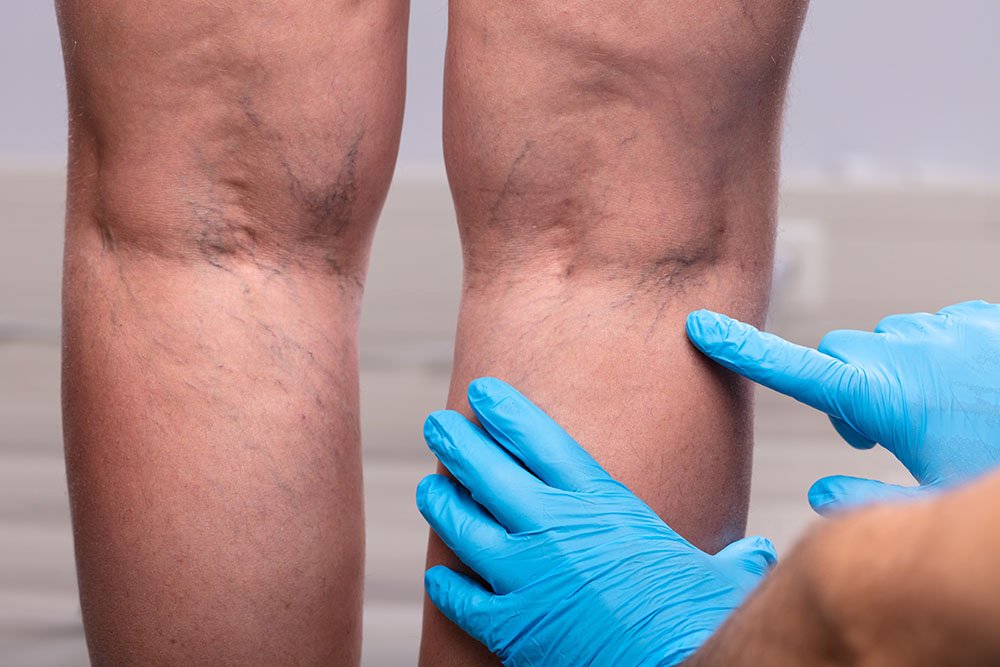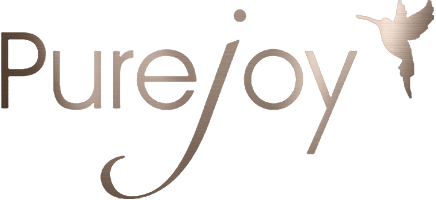
View this post on Instagram
For dilated leg vein treatment
Vascular lesions are normal veins that have dilated under the influence of increased venous pressure. Whereas classical SWT™ / Laser works for certain smaller spider & leg veins including varicose veins, it is generally accepted that Nd:YAG technology is much more effective leg vein laser treatment than IPL for the majority of leg veins.
Clinically proven, safe and effective
The Ellipse Nd:YAG is also ideal for facial telangiectasias; especially around the nose. Venous lakes are easily treated due to the round spot size of the Nd:YAG and the system is also CE cleared for port wine stains which are resistant to SWT™/Laser or Pulsed Dye Lasers.
How does a Nd:YAG laser work?
To clear leg veins, the vessels must be constricted. A 1064 nm wavelength Nd:YAG laser sends energy into the blood and vessel walls, where it is absorbed by the blood. Red blood cells are heated, causing met-haemoglobin formation and greater absorption. This causes micro-clotting and heating of the vessel wall, leading to complete or partial collapse. The constricted vessel then degenerates, and the visible leg veins disappear from the surface of the skin.
How does a Nd:YAG laser work?
Treating vascular conditions in general, is based on the principle of selective photothermolysis performed with a single pulse.
A condition of good results is that the Pulse Time is chosen noting the thermal relaxation time for the actual vessel thickness.
The ideal immediate response to treatment with vascular laser is a coagulation of the vessel with no other apparent effect. This effect can be observed in the form of bluish or greyish discolouration visible on the skin surface. In leg veins, blanching or disappearance of the vessel may occur.
